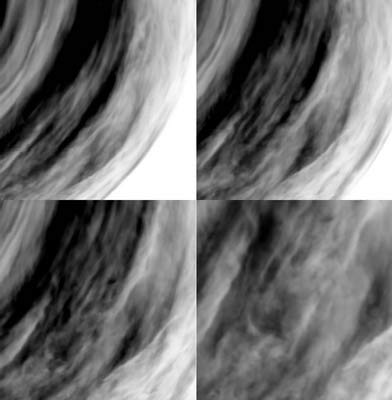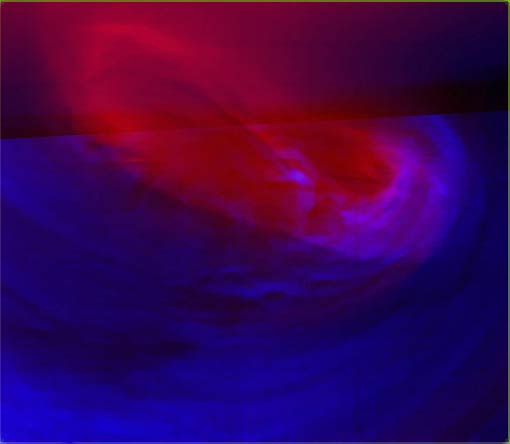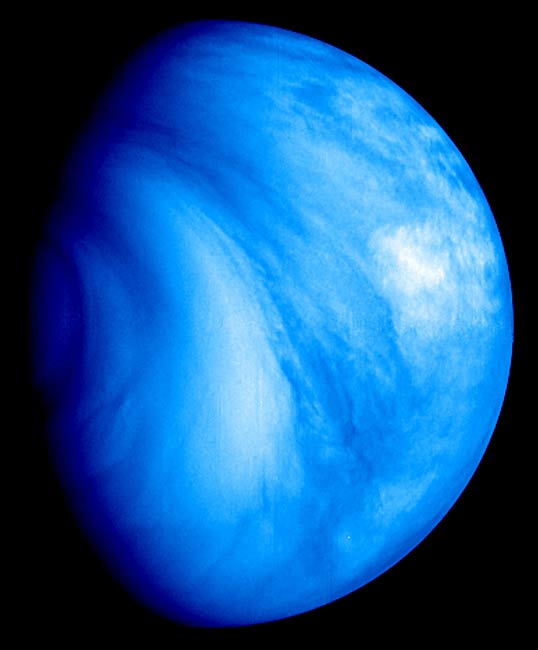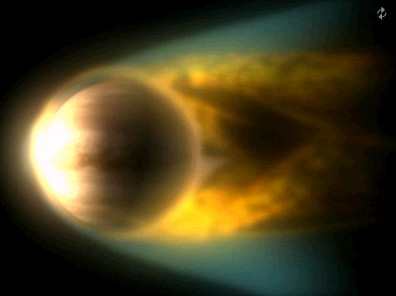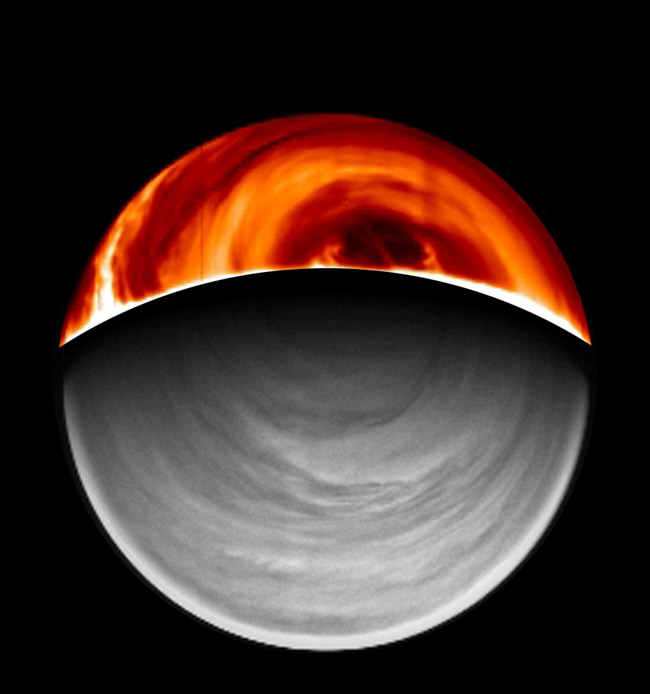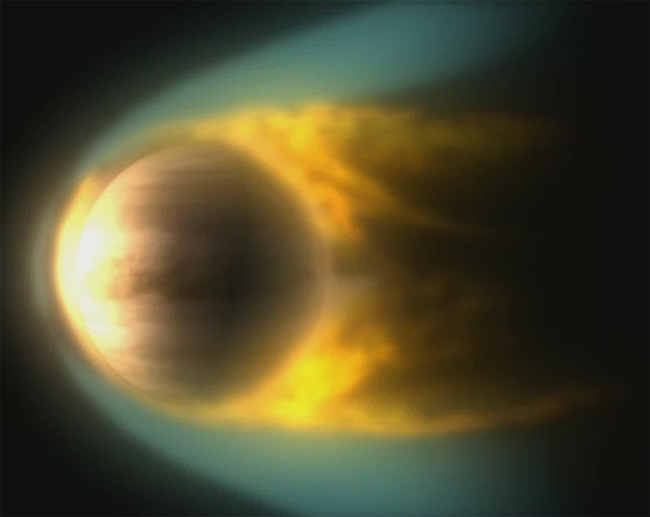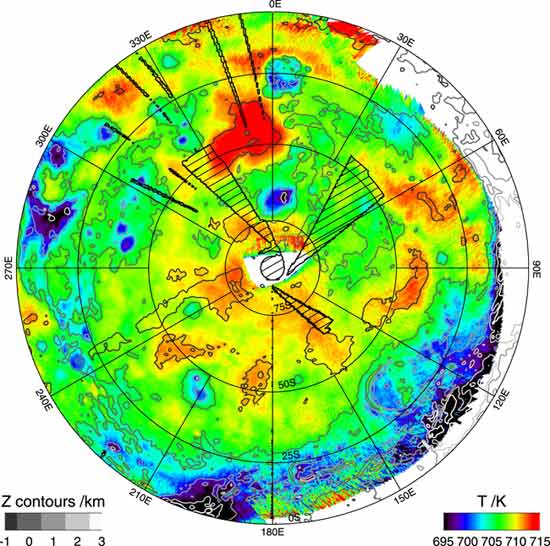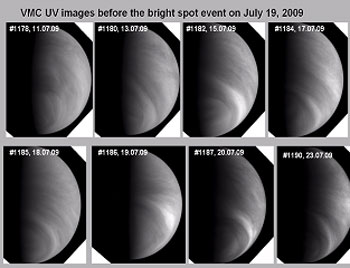Photos of Venus, the mysterious planet next door
Venus' Atmosphere More Chaotic Than Thought
Images near the south pole of Venus on the night side, from the Ultraviolet, Visible and Near-Infrared Mapping Spectrometer (VIRTIS) on ESAís Venus Express, reveal varying cloud systems loaded with turbulence. White areas represent more intense cloud concentrations. Credits: ESA/VIRTIS/INAF-IASF/Obs. de Paris-LESIA
Venus May Be Earth's Hellish Twin
A polar vortex in 3-D at Venus' south pole, as seen by the VIRTIS instrument on board ESA's Venus Express.
Mysterious Haze Found on Venus
Venus’s atmosphere, taken by the Venus Monitoring Camera (VMC) during Venus Express orbit number 459 on 24 July 2007. The view shows the southern hemisphere of the planet.
Cloud Cities on Venus?
Venus' southern hemisphere, as seen in the ultraviolet.
Microbes Could Travel from Venus to Earth
This artist's illustration was originally released by the Venus Express spacecraft team. Wickramasinghe included the image as a figure in his article with the caption, "Evidence of solar wind excavating the atmosphere of Venus." Some scientists have objected to its being labeled as "evidence."
Clouds Lift on Mysterious Winds of Venus
This animation of wind circulation on Venus is composed of images taken by the Visual and Infrared Thermal Imaging Spectrometer (VIRTIS) on board ESA’s Venus Express between April 2006 and June 2007. The night-side of the planet is at the top in infrared, with the day-side at the bottom.
Where Venus' Water Went
Venus, like Earth and Mars, is immersed in a flow of charged gas from the sun. Since Venus (and Mars) doesn't have a magnetic field, gases in the upper atmosphere become charged and interact with the solar wind. Scientists think the solar wind gives the charged particles enough energy to escape and that's why Venus is losing its atmosphere.
Breaking space news, the latest updates on rocket launches, skywatching events and more!
Oceans on Ancient Venus, Study Suggests
The first temperature map (centered at the south pole) of the planet's southern hemisphere at infrared wavelengths, charted with Venus Express's Visible and Infrared Thermal Imaging Spectrometer, VIRTIS. Higher temperatures (red) correspond to lower altitudes, while lower temperatures (blue) correspond to higher altitudes.
Bright Spot on Venus Stumps Scientists
A montage of ultraviolet images taken during several Venus Express orbit with the Venus Monitoring Camera (VMC) (each orbit is 24 hours long).
Oceans on Venus Might Have Been Habitable
Was arid Venus once a waterworld?

Space.com is the premier source of space exploration, innovation and astronomy news, chronicling (and celebrating) humanity's ongoing expansion across the final frontier. Originally founded in 1999, Space.com is, and always has been, the passion of writers and editors who are space fans and also trained journalists. Our current news team consists of Editor-in-Chief Tariq Malik; Editor Hanneke Weitering, Senior Space Writer Mike Wall; Senior Writer Meghan Bartels; Senior Writer Chelsea Gohd, Senior Writer Tereza Pultarova and Staff Writer Alexander Cox, focusing on e-commerce. Senior Producer Steve Spaleta oversees our space videos, with Diana Whitcroft as our Social Media Editor.
